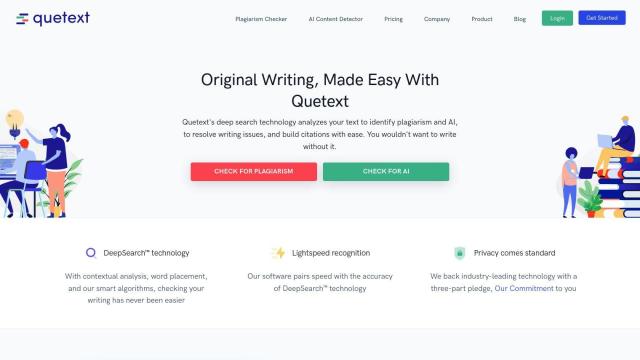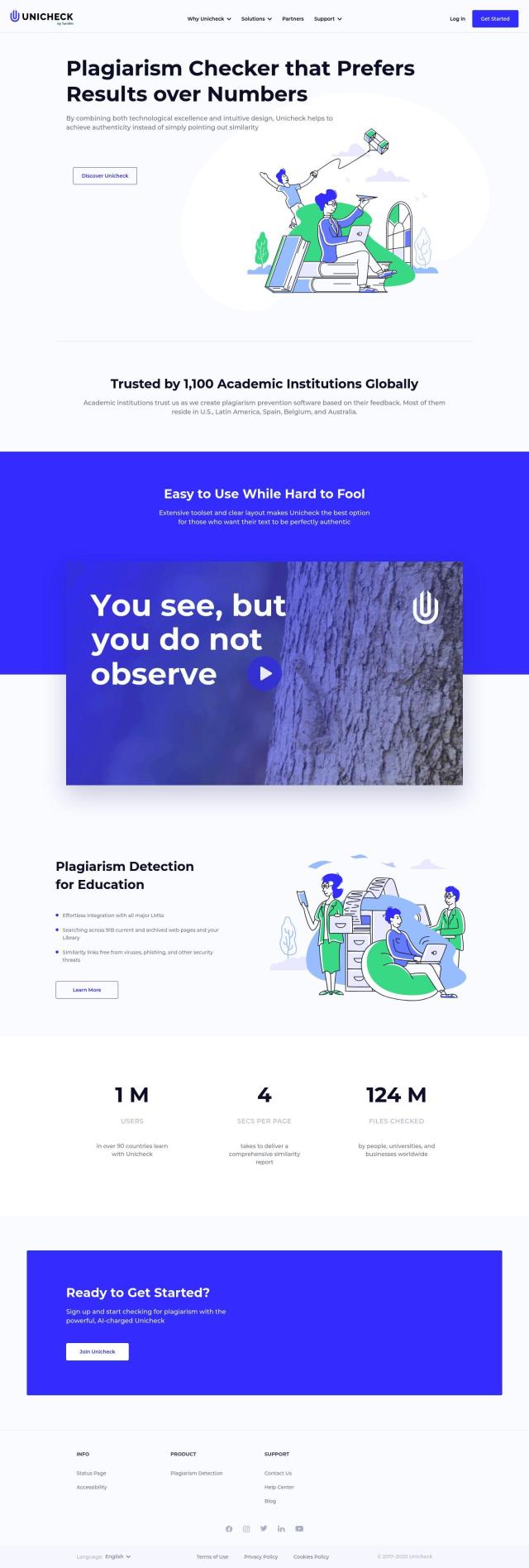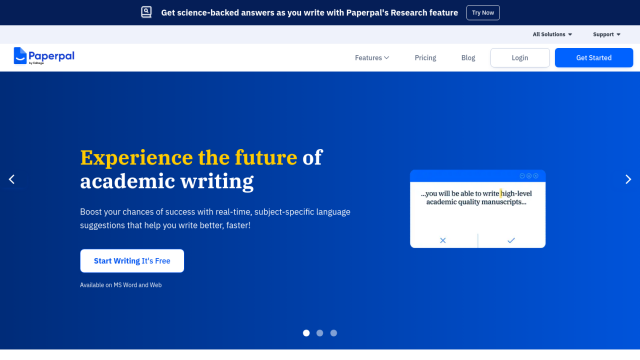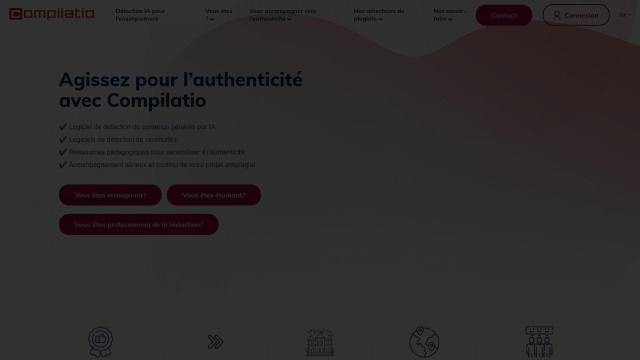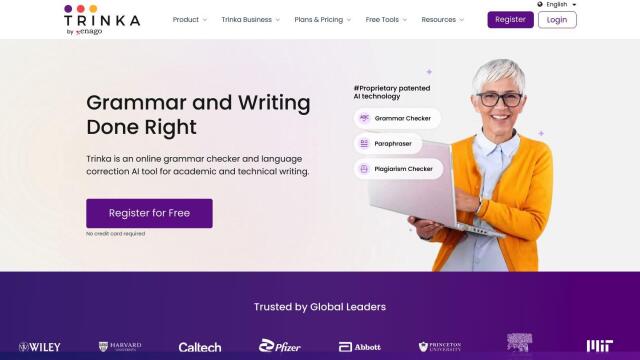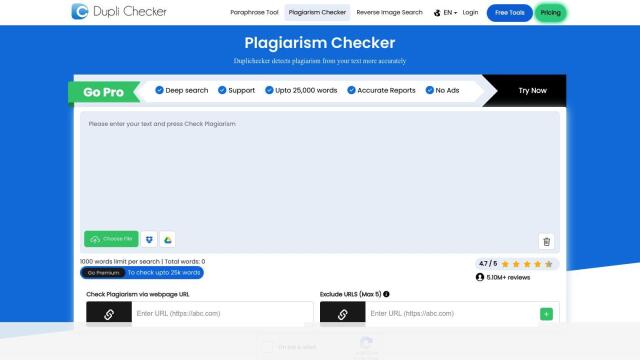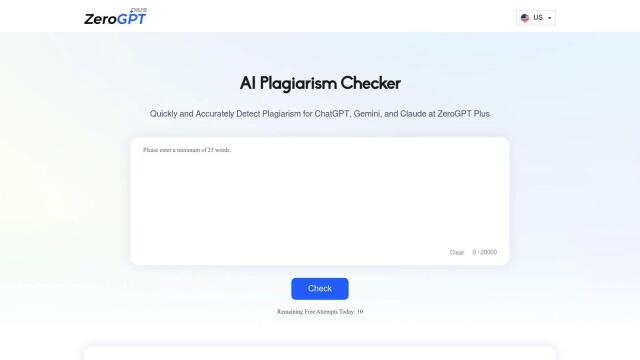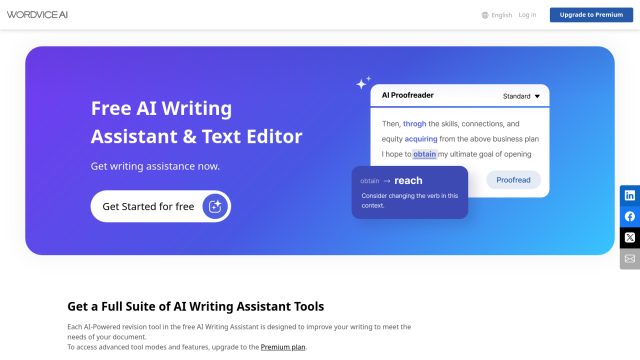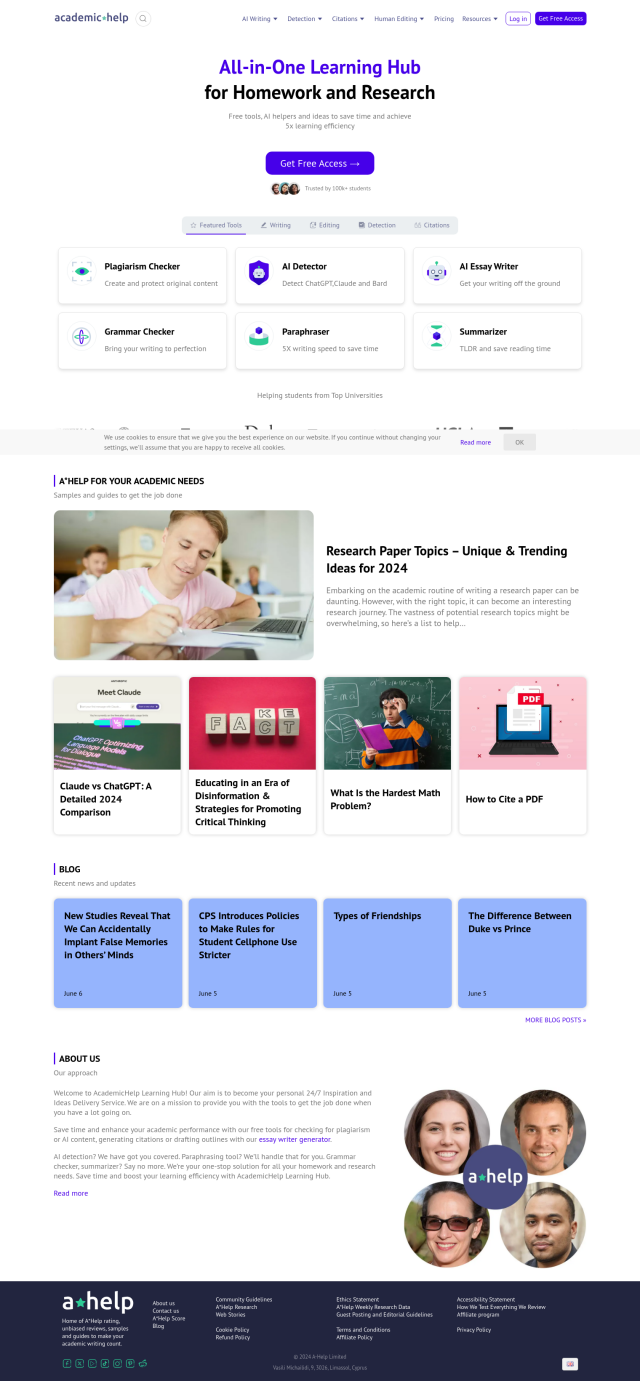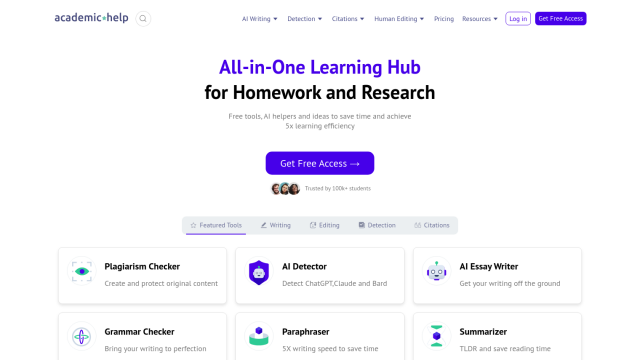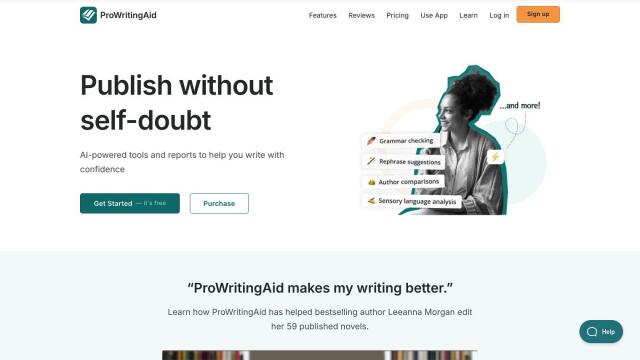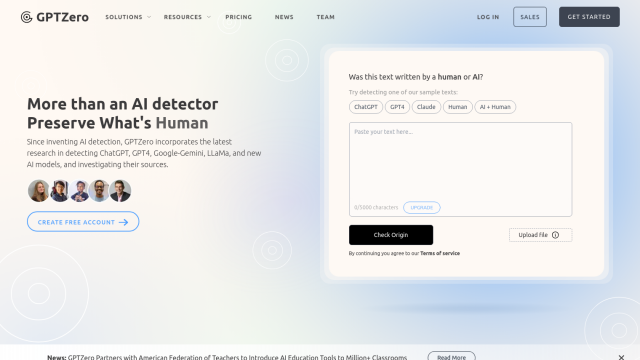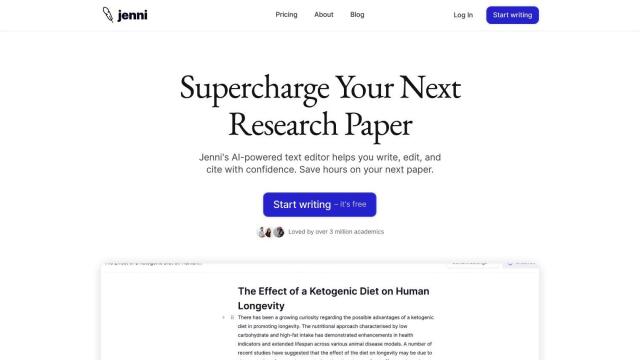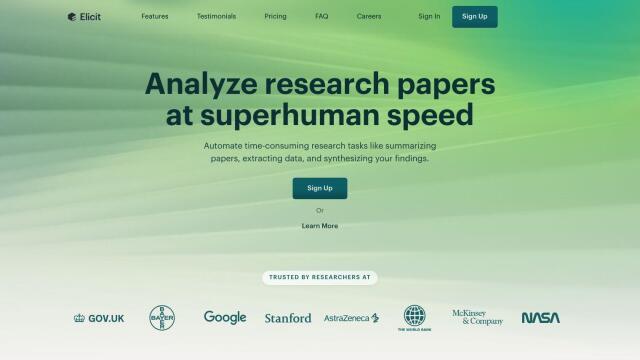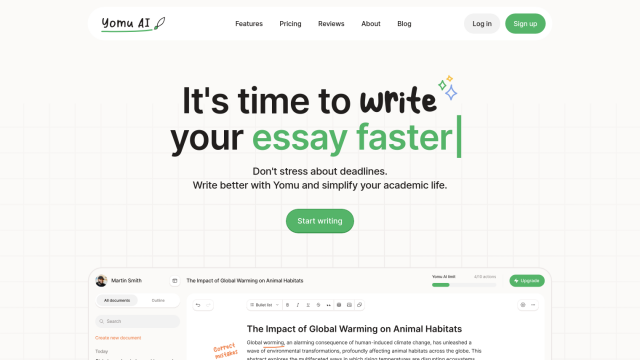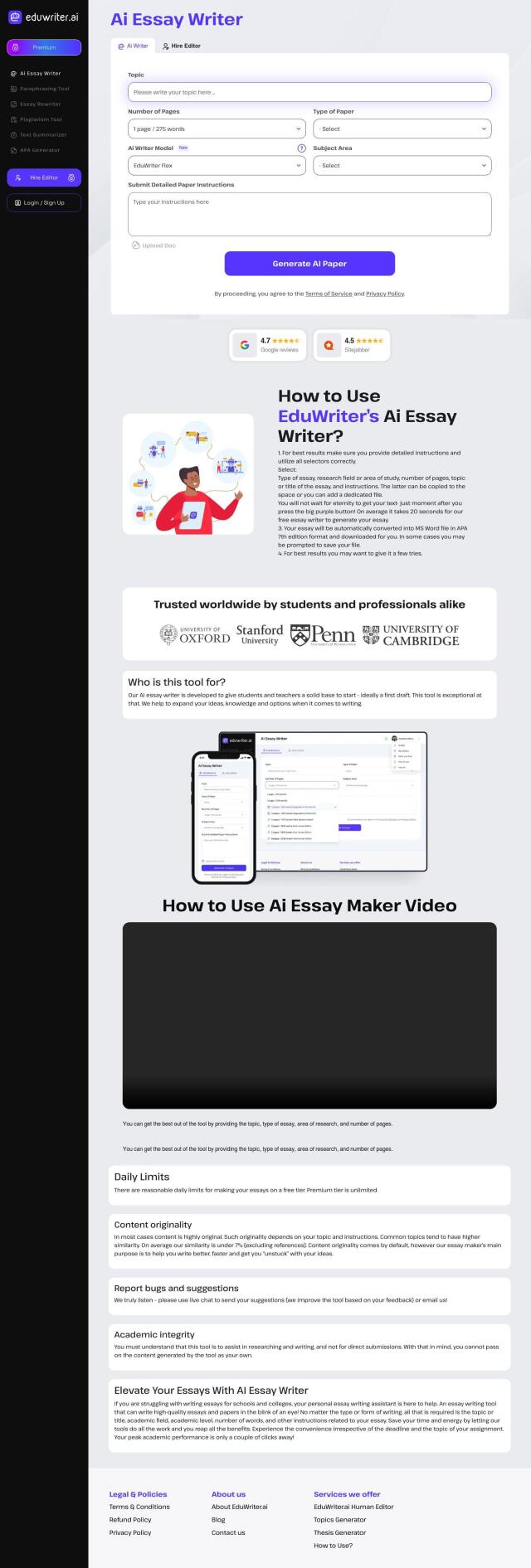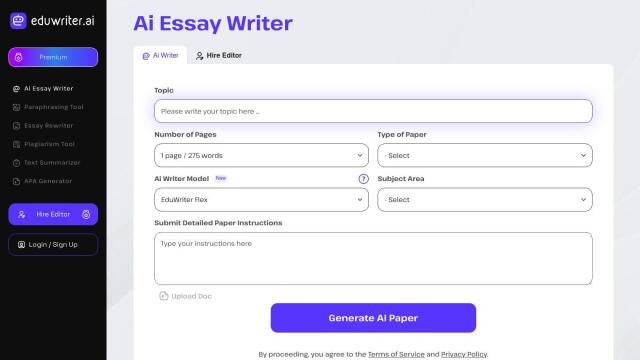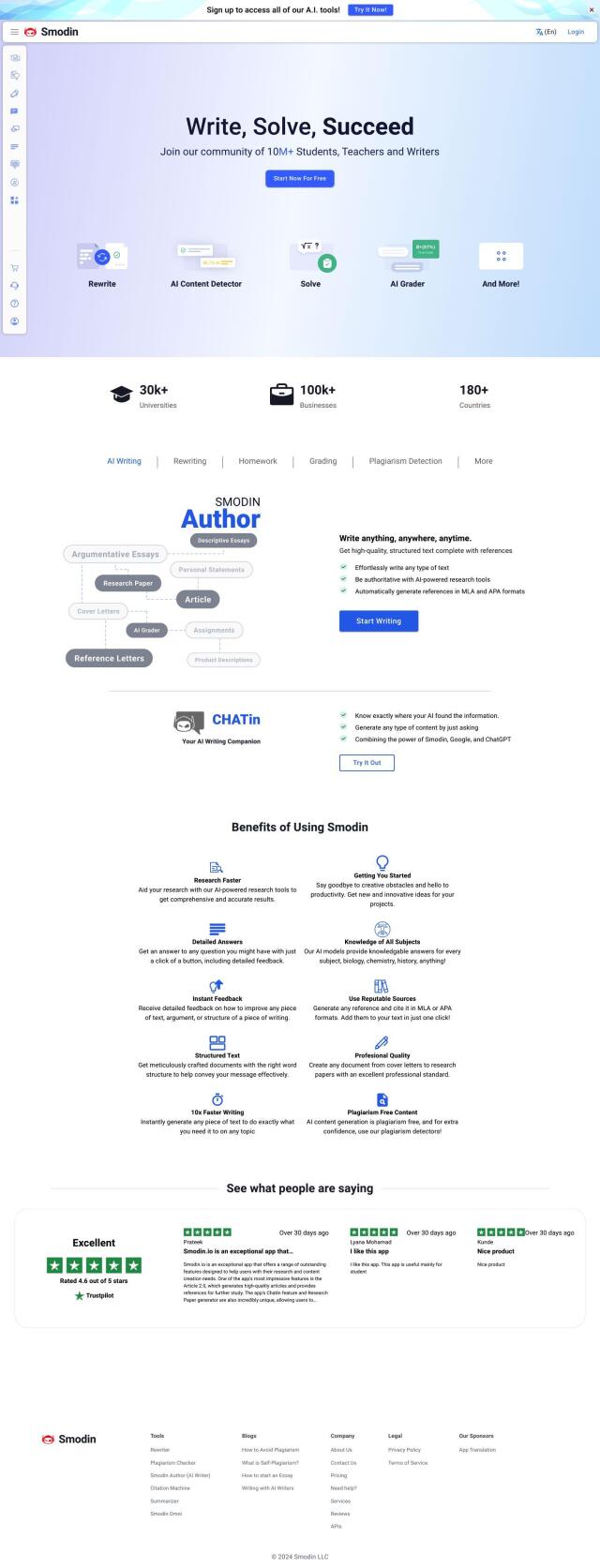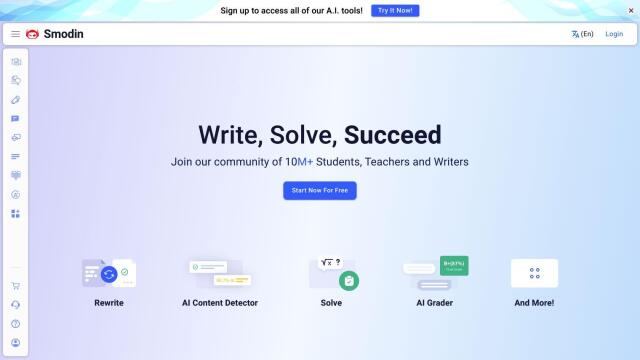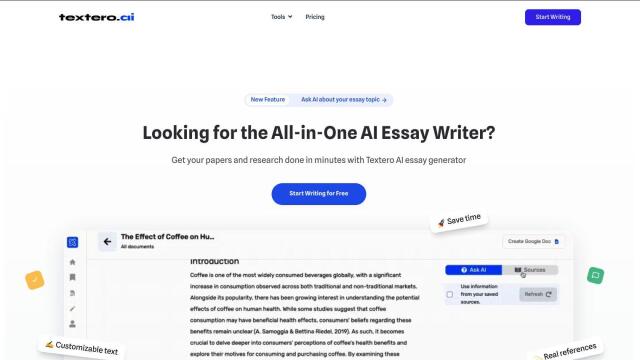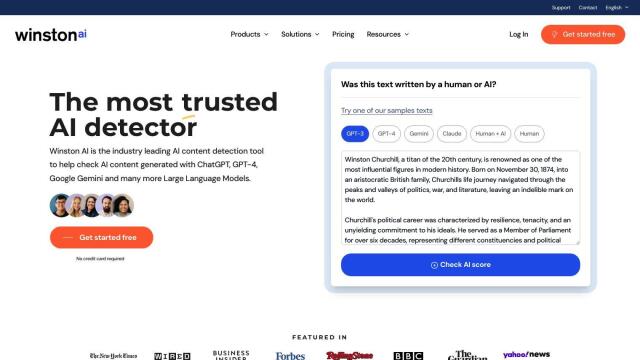Question: Is there a tool that can help me detect plagiarism in academic papers before submission?

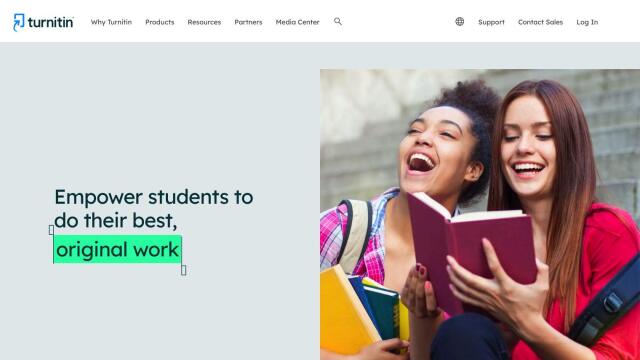
Turnitin
If you're looking for a tool to catch plagiarism in academic papers, Turnitin is a well-established option. It combines AI writing detection technology to spot AI-generated content with its traditional plagiarism detection. The tool is geared for higher education, middle school and research publications. Turnitin offers a suite of tools, including Feedback Studio, Gradescope and Similarity, for personalized feedback and grading.

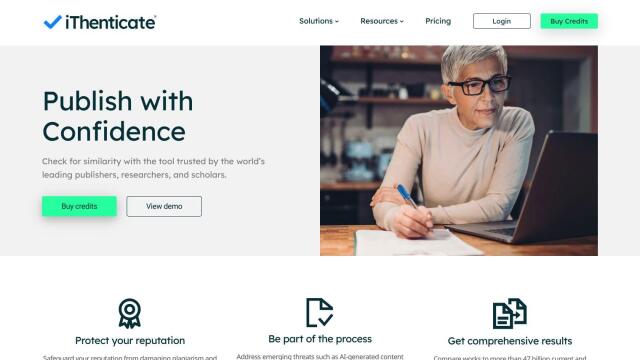
iThenticate
Another option is iThenticate, geared for researchers, publishers and academics. It compares documents to more than 47 billion web pages and 190 million subscription content sources, so it's good at spotting unique material. It also has an AI writing detector that can spot AI-generated material. iThenticate is used in academic and medical publishing, and there are different pricing tiers for individuals and institutions.

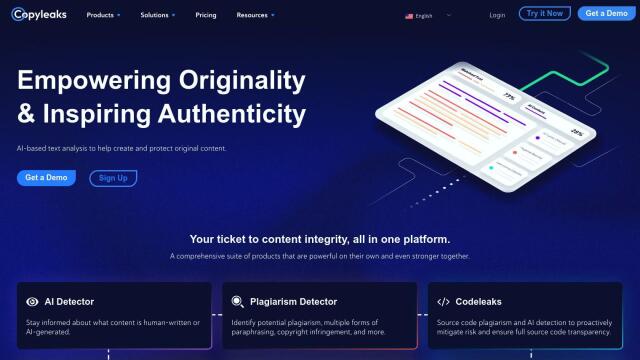
Copyleaks
For a more general-purpose tool, you could look at Copyleaks, which checks for plagiarism and AI-generated content and code plagiarism. It can check for AI in more than 30 languages and plagiarism in more than 100 languages, so it's good for institutions that need to protect content. Copyleaks offers a range of products, including an AI Detector and Writing Assistant, and integrates with Learning Management Systems.

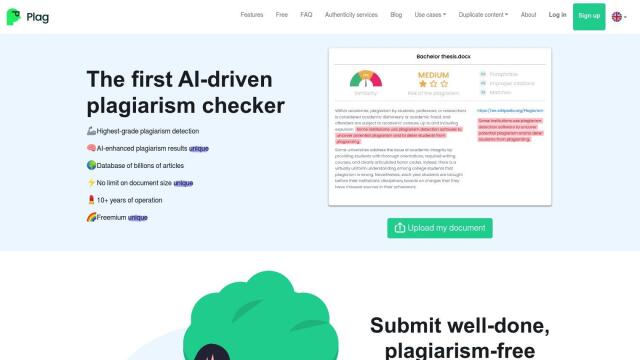
Plag
Another option is Plag, which offers detailed reports on whether a document is authentic. It's got a database of more than 80 million scholarly articles, and offers real-time checks. It can check in 129+ languages. Its interface is designed to be easy to use, and it's multilingual, too, which is why it's used by students, teachers and professionals.

